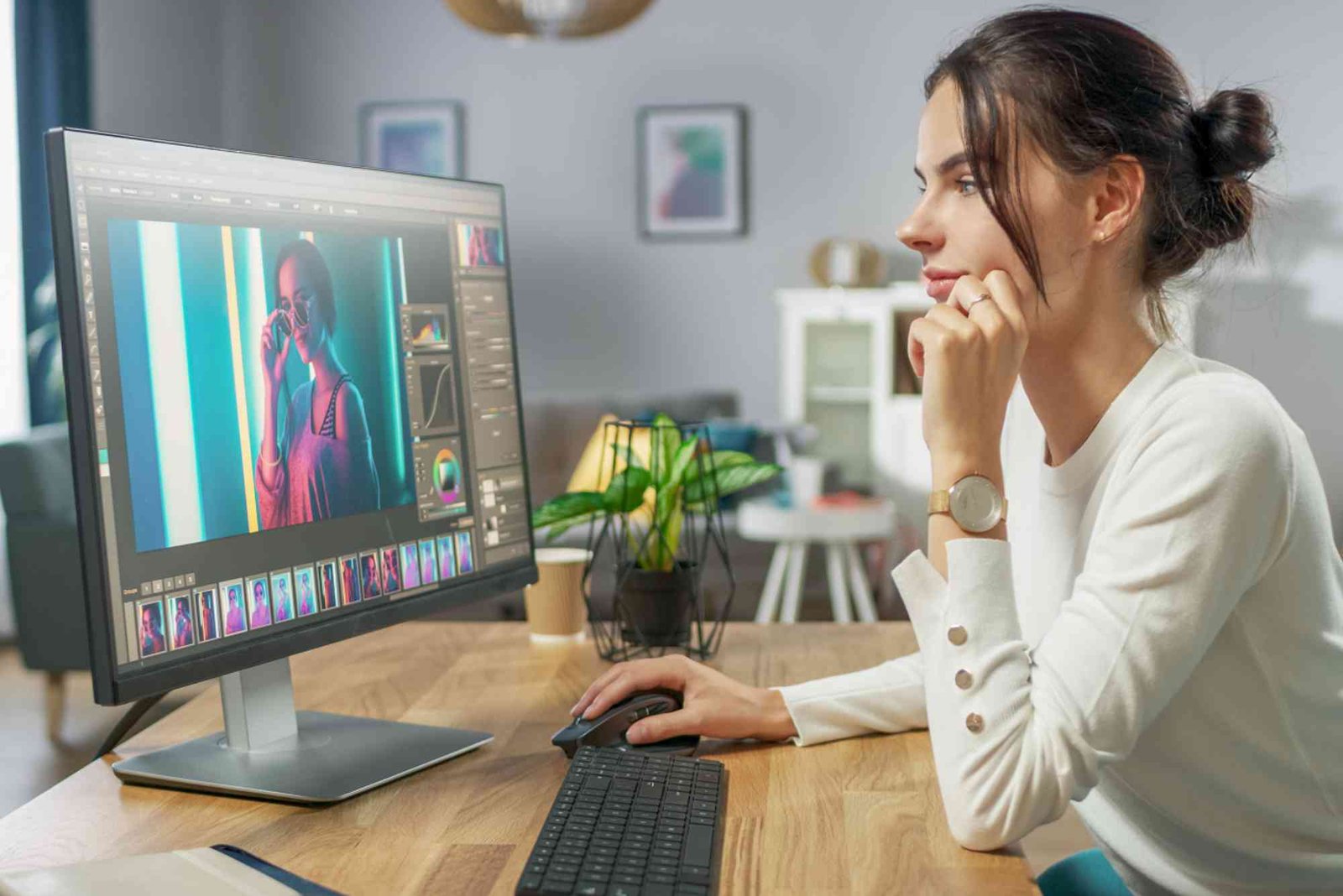Introduction
Balancing image quality and compression is essential for ensuring visually appealing graphics without compromising website performance. Overcompressed images lose clarity, while unoptimized ones slow down page loading times. Striking the right balance requires understanding various compression techniques, file formats, and optimization tools.
In this guide, we’ll cover the best practices for maintaining high-quality visuals while keeping file sizes manageable. Whether you’re a designer, blogger, or business owner, these strategies will help you enhance website performance while delivering crisp images.
What is Image Compression & Why is it Important?
Image compression is the process of reducing file size while preserving visual quality. This technique minimizes bandwidth usage, speeds up page loading, and improves user experience. There are two main types of compression:
- Lossy Compression: Removes some image data permanently to reduce file size.
- Lossless Compression: Reduces file size without losing image quality.
Using an Image Compressor helps optimize images without compromising clarity.
How to Balance Image Quality and Compression?
Finding the perfect balance between image compression and quality involves selecting the right format, compression method, and settings. Below are key steps:
- Choose the Right Image Format: JPEG, PNG, WebP, and AVIF offer different compression benefits.
- Adjust Compression Levels: Reduce file size without visible loss of quality.
- Use Image Optimization Tools: Utilize automated tools for efficient compression.
- Enable Lazy Loading: Load images only when necessary to improve speed.
- Test Image Performance: Use tools like Google PageSpeed Insights to analyze optimization.
Step-by-Step Guide to Optimize Images for Web
Select the Best File Format
The choice of format significantly affects both image quality and file size.
- JPEG: Best for photographs with vibrant colors. Uses lossy compression.
- PNG: Ideal for transparent images or detailed graphics. Uses lossless compression.
- WebP & AVIF: Next-gen formats with better compression and quality.
Adjust Compression Settings
Compression should be applied based on image type and intended use:
- For website images: 60%-80% JPEG compression ensures balance.
- For logos and icons: PNG with lossless compression works best.
- For high-resolution displays: WebP or AVIF can maintain quality at smaller sizes.
Use an Image Compressor
Using an advanced Image Compressor helps automate optimization. Upload your image, choose compression settings, and download an optimized version instantly.
Enable Lazy Loading
Lazy loading delays the loading of offscreen images until they’re needed, improving site speed. Implement it using:
Test Image Performance
Use tools like:
- Google PageSpeed Insights – Analyzes image optimization.
- GTmetrix – Provides recommendations for faster loading times.
- TinyPNG & ImageOptim – Online tools for efficient compression.
Benefits of Balancing Image Quality & Compression
Optimizing images correctly improves:
Faster Page Loading Times – Improves user experience and SEO rankings.
Reduced Bandwidth Usage – Helps save storage and hosting costs.
Higher Search Engine Rankings – Google prioritizes fast-loading sites.
Better User Engagement – Crisp images attract more visitors.
For businesses in Dubai, professional SEO services like Digital Ranker Dubai can assist in optimizing web content, including images, for better performance.
FAQs
Q1: What is the best compression level for images?
For web images, JPEG at 60%-80% compression or WebP at 75% maintains quality while reducing file size.
Q2: Does image compression affect SEO?
Yes, optimized images enhance site speed, a key ranking factor for SEO. Google favors fast-loading pages with properly compressed images.
Q3: How can I compress images without losing quality?
Use lossless compression formats like PNG or WebP. You can also optimize images using tools like Image Compressor.
Q4: Why should I use WebP instead of JPEG or PNG?
WebP offers better compression, reducing file size by up to 34% compared to JPEG while maintaining quality.
Q5: Where can I get professional image optimization services?
Digital Ranker Dubai Location provides expert SEO and image optimization services.




